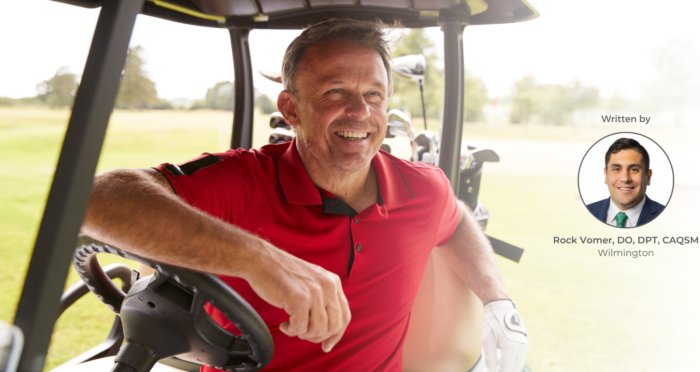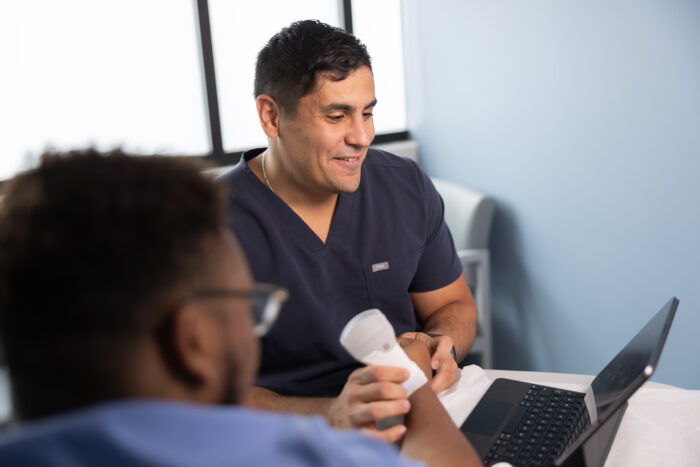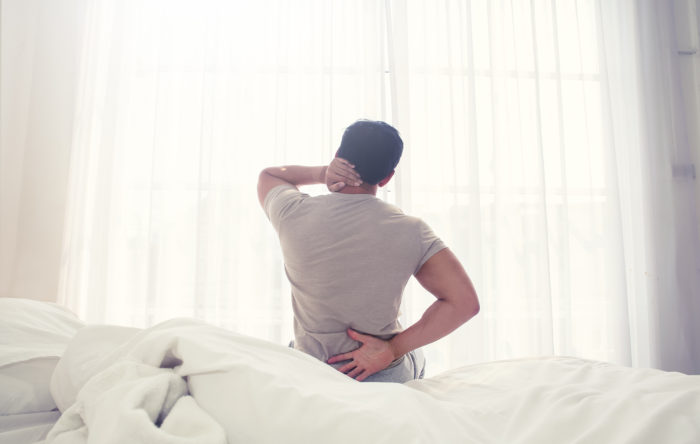Aches and pains are familiar companions to many, often stemming from various factors such as sedentary lifestyles, poor posture, or underlying health conditions. Surprisingly, one effective and natural remedy to alleviate discomfort lies in the realm of physical activity. In this blog post, we’ll explore the profound ways in which engaging in regular exercise can serve as a transformative solution for managing and even preventing aches and pains.
Why Do I Have Aches and Pains?
Aches and pains can manifest in different forms, ranging from muscular discomfort to joint stiffness. These sensations may be triggered by factors such as prolonged sitting, lack of movement, or overexertion. While pain is a complex and individual experience, integrating physical activity into your routine can play a pivotal role in mitigating these discomforts.
How Can Exercise Help My Aches and Pains?
Increased Blood Flow
Engaging in physical activity promotes enhanced blood circulation throughout the body. Improved blood flow delivers vital nutrients and oxygen to muscles and joints, aiding in the repair and recovery process. This increased circulation can alleviate stiffness and reduce inflammation, common contributors to aches and pains.
Muscle Strength and Flexibility
Regular exercise, including strength training and flexibility exercises, helps build muscle strength and maintain joint flexibility. Stronger muscles provide better support to joints, reducing the impact of daily activities on your body. Increased flexibility also eases muscle tension, contributing to overall comfort.
Release of Endorphins
Exercise triggers the release of endorphins, the body’s natural painkillers. These neurotransmitters not only help alleviate pain but also contribute to an improved mood, providing a holistic approach to managing discomfort.
Weight Management
Maintaining a healthy weight is crucial for joint health. Excess weight can exert additional pressure on joints, leading to aches and pains. Regular physical activity, combined with a balanced diet, supports weight management and reduces the strain on your musculoskeletal system.
Improved Posture
Sedentary lifestyles and desk-bound work often contribute to poor posture, leading to back, neck, and shoulder pain. Incorporating exercises that focus on core strength and postural alignment can help correct imbalances, reducing the likelihood of chronic pain.
Joint Lubrication
Movement stimulates the production of synovial fluid, a natural lubricant for joints. Adequate joint lubrication reduces friction, allowing for smoother and pain-free movement.
Reduced Risk of Chronic Conditions
Engaging in regular physical activity has been linked to a decreased risk of chronic conditions, such as osteoarthritis and rheumatoid arthritis. These conditions often manifest with joint pain, and by adopting an active lifestyle, you can mitigate their onset and progression.
Practical Ways to Relieve Aches and Pains
Choose Low-Impact Activities
Opt for low-impact exercises such as swimming, cycling, or walking, especially if you have joint sensitivities. These activities provide cardiovascular benefits without placing excessive stress on your joints.
Incorporate Stretching
Include stretching exercises in your routine to improve flexibility and reduce muscle tightness. Stretching can be particularly beneficial for areas prone to aches, such as the neck, shoulders, and lower back.
Stay Hydrated
Proper hydration is essential for maintaining the elasticity of muscles and supporting joint function. Drink an adequate amount of water throughout the day, especially before, during, and after exercise.
Listen to Your Body
Pay attention to signals from your body. If you experience persistent pain or discomfort, modify your exercise routine accordingly. Consulting with a healthcare professional can provide guidance on safe and effective exercises tailored to your needs.
Gradual Progression
Start slowly and gradually increase the intensity and duration of your workouts. This approach allows your body to adapt, reducing the risk of overexertion and injury.
Physical activity serves as a holistic and accessible solution for easing aches and pains. Whether you’re dealing with muscle soreness, joint stiffness, or chronic discomfort, incorporating regular exercise into your routine can contribute to improved blood flow, enhanced muscle strength, and the release of natural painkillers. By adopting a proactive approach to your well-being through movement, you can not only manage existing aches and pains but also prevent future discomfort, paving the way for a more comfortable and active lifestyle.




